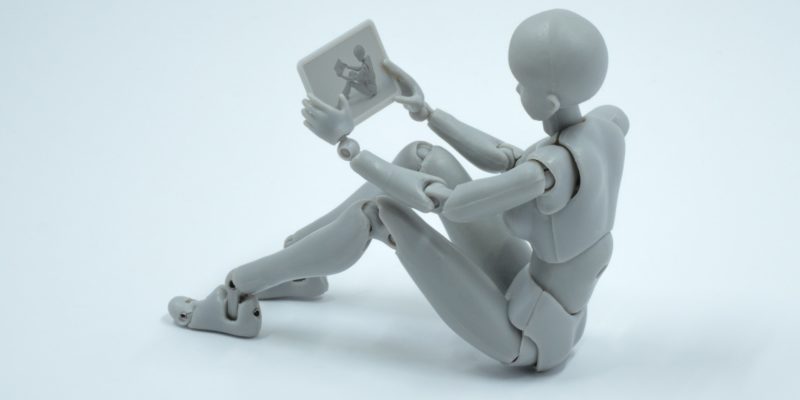The dual challenge of producing more relevant content with fewer editorial resources is being addressed with AI and natural language processing. Routine reporting tasks are being handled by robot journalists to free up human journalists to report more important stories.
Takeaways
- Malmo-based United Robotics (UR) supplies an ‘automated news desk’ for over 100 news sites. Since the business launched in 2015, it has delivered over 4 million articles in six languages to clients in Scandinavia, Europe and North America.
- Topics handled by the robot reporters created by UR in partnership with its customers include sports, real estate, business registrations and bankruptcies, traffic and weather. The Content-as-a-Service platform delivers automatically-generated content directly to publishers’ CMS, sites or apps.
- “If you can use those automated techniques to survive and focus the staff that you have on local investigative journalism, for example, then I think a lot of people would agree that’s a good thing,” said Anya Belz, professor of computer science at University of Brighton and author of a report on on fully automatic journalism.
Automated journalism
- AI-powered automated journalism involves the scanning of huge data sets for relevant information. Key data points are then selected to populate an article template. In sports reports, for example, places, names, scores, and rankings would be used.
- The Washington Post developed its own Heliograf technology to ‘enhance storytelling for large-scale, data-driven coverage of major news events.’ The technology was first introduced during the 2016 Rio Olympics to assist in reporting the results of medal events but was upgraded for the 2020 elections.
- The Post has since used it to deliver election coverage and sports results. The following game summary was produced using the Heliograf technology:
The Yorktown Patriots triumphed over the visiting Wilson Tigers in a close game on Thursday, 20-14. The game began with a scoreless first quarter. In the second quarter, The Patriots’ Paul Dalzell was the first to put points on the board with a two-yard touchdown reception off a pass from quarterback William Porter.
The downsides
While robots can relieve journalists of the most tedious reporting work, the downside for could be job losses. Last year, 27 journalists were told Microsoft would no longer need them to curate and edit news stories for the MSN website. They were replaced by AI.
There have also been concerns that, while AI-powered journalism can be an incredible time saver for publishers, there are risks in deploying robot reporters. Without contextualisation, a small error in a data sheet can turn a narrow 1-0 win into a 10-0 thrashing.
The important lesson, according to professor Belz, is to remember that bad data produces bad results. “For the time being, this means automatically generated news must be carefully checked by human editors for factual and other errors, as well as for missing context,” said professor Belz.
Moving forward
Limitations notwithstanding, surveys suggest around 30% of news organisations globally are working with some type of AI, many for news gathering, but also to aid production efforts and content distribution. With the financial pressures and changes to working practices wrought by COVID-19, it is reasonable to assume that robot journalists will become even more common.









